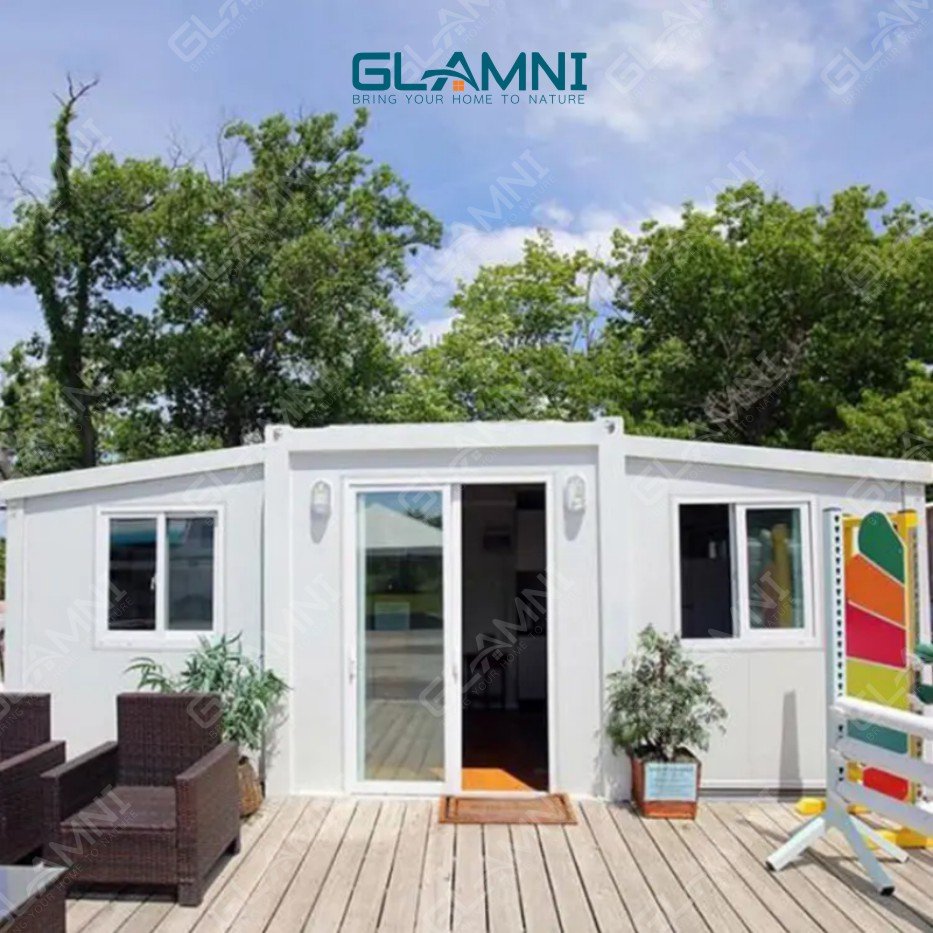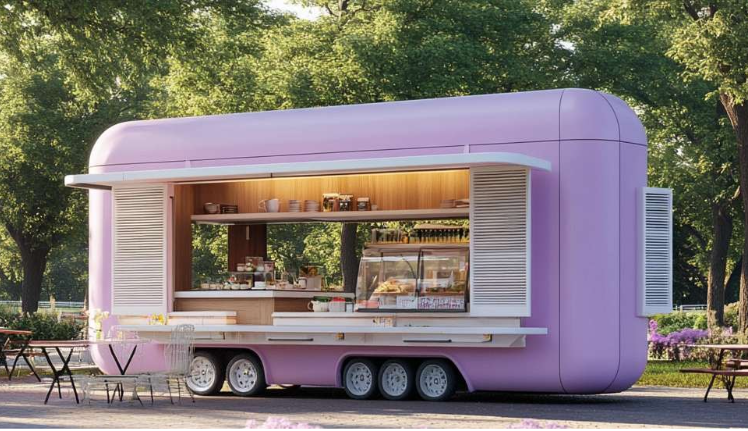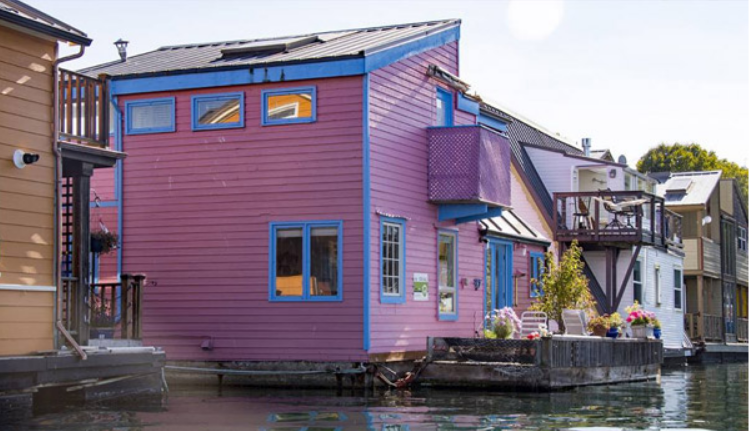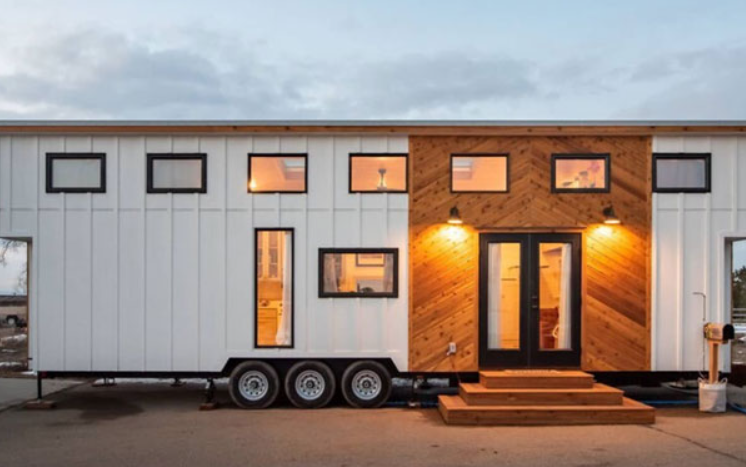Do you want the right plan to start your prefab home business? Ooh yes! When you think about entering this field,. Then the process feels tough. Don’t worry! Each step has its own purpose and makes your journey easier.
Moreover, in this blog, you will learn every step clearly. Also, you will see how to move from ideas to real sales. Hence, you will know exactly how to start and grow your prefab home business.

1) Why choose prefab housing
It is natural to question, you ask: Why did I choose a prefab house? First of all, the need is greater than ever. Moreover, in 2024, the prefab home market is US$49.73 billion. In 2034, it is expected to reach US$101.54 billion. Therefore, this is clear evidence that the demand is increasing significantly.
Also, the construction of prefab homes takes comparatively less time to build. In fact, modular systems are 20-50% faster than conventional construction. Not to mention, this allows you to service a greater area and complete more projects within a shorter time span.
Another advantage relates to cost. Moreover, the unit’s price is easier to calculate for prefab homes. That’s because the estimated cost is available upfront. Therefore, it means greatly reduced guesswork and increased confidence for customers.
Furthermore, the speed, savings, and demand make prefab housing an intelligent solution. Hence, for a quick and dependable solution to housing. Also, it is certainly practical, and it can easily satisfy the requirements of modern society.
Step 1) Pick Your Role and Where to Sell
As you learn, why do you choose prefab housing? Moreover, now you will learn how you can pick your role and where you can sell your prefab house. First of all, the most important part is selecting what one will be the role. There are three critical options there:

i) Manufacturer
As a manufacturer, you make all the prefab homes yourself. In other words, you determine the quality, materials, and the blueprint. For instance, you can choose the kind of wood, metals, or panels. Moreover, you can determine the aesthetic and operational aspects of the house yourself.
Thus, you are required to have some kind of factory or workshop. Then, you take care of the construction of the entire production arms, plus the walls, plumbing, and all electrical works as well. Put simply, this position requires a lot more effort. All the same, you are granted greater authority, as well as profit.
ii) Distributor
As a distributor, you do not construct the homes. Moreover, you purchase the homes from the manufacturers and sell them to the buyers. Then you serve as an intermediary in this scenario. Plus, there is no requirement to have a factory, thus saving resources.
Nevertheless, punctual delivery of homes requires you to have a robust network of suppliers. Equally important, you need reliable buyers to sell the homes on time. Hence, in this position, the focus is primarily on selling and client relations.
iii) Installer
As an installer, you assemble homes on-site. First of all, you are given homes or components from the producers. Moreover, you ensure the proper and secure construction of the entire project.
Due to this, you require proper people who can carry out wall, roof, plumbing, as well as electrical installations. You also need to know buyers well. Even though you do not construct the houses, your contribution to the safety and quality is unprecedented.
Next, pinpoint your point of sale. It is most effective when starting small. Select 2-3 regions that you think will purchase your homes. And, determine who your customers will be. For instance,
- Hotels and resorts that require immediate accommodations for tourists.
- Parks or recreation areas that offer cabins or small chalets.
- Housing for workers at factories, offices, and construction sites.
So, you will find your focus if you choose your role first and define your buyer personas. As a result, your business will be more efficient. Additionally, this also allows for future expansion to other regions and customer segments.
Step 2) Check Rules and Import Taxes
As you learn how you can pick your role and where you can sell your prefab house. Moreover, now you will learn about the check rules and import taxes on prefab houses.

i) Building Codes: First of all, every county has its unique codes and regulations on constructing buildings. Therefore, these codes define the principles of constructing a house safely.
Additionally, you must obtain certain permits and undergo a routine check before you can operate the house and put it up for sale.
ii) Import duties: Next, check import taxes if you’re intending to bring in modules or shell homes from overseas. One of the countries may impose a significant tariff on certain imported components. Consequently, if you prepare and know in advance, it will be easier to allocate budget resources.
iii) Permits and regulations: Then, educate yourself on zoning laws directly correlated with each region. Alternatively, see if there are any additional restrictions on resorts, parks, or staff accommodations. This guarantees that all of your dwellings are compliant with all required statutes of your choosing.
iv) List of all rules and taxes: At last, maintain a record of every regulation and levy pertinent to a particular region. Then, analyze the costs, timelines, and needs. This way, you are able to mitigate penalties and eliminate confusion as well as extra spending.
Step 3) Choose Your First Models and Drawings
As you learn the check rules and import taxes on prefab houses. Now you will learn that choosing your first models is very important.
- Create a Lineup: First of all, structure a triage of homes. Then, utilize a Good, Better, Best system. Therefore, it provides buyers with three alternatives with varying attributes and costs. Hence, it simplifies their decision-making processes as well.
- Decide Home Sizes: Next, assign sizes to your residences. For instance, they could be small, medium, or large. After, delineate MEP opportunities. This entails designing mechanical, electrical, and plumbing systems.
Also, verify transport dimensions. This assures your residences can be loaded onto freight lorries or shipping containers.

- Set Target Build Times: Then, configure and set a construction time limit for every model. For example, a tiny cottage could take about a week to construct. While a bigger house could take somewhere between two to three weeks.
Hence, this allows for well-defined planning for production and scheduled delivery.
- Prepare Clear Drawings: Furthermore, ensure that your sketches are precise and elaborate. From the walls and windows to the plumbing and electrical points, every component should be captured. This enables producers, fitters, and purchasers to gain a comprehensive understanding of the residence.
- Review and Finalize: At last, before commencing the production process, analyze the drawings and models. Ensure that they fulfill the rules, buyer’s requirements, and shipping constraints. Careful planning helps you prevent blunders and, in turn, saves both time and money.
Step 4: Choose Suppliers and Plan Production
As you completed your models, the next step is to select suppliers and schedule production. This step ensures that your houses are constructed with the correct materials and within the specified time frame.
a) Approve Key Vendors: First of all, create a list of essential components like the frameworks, sheets, glass, entryways, and wiring. Next, identify the suppliers for those components. Also, assess those vendors for their quality and turnaround time.
Hence, approving the suppliers in advance helps you mitigate supply issues in the future.
b) Keep Backup Options: Next, for key components, identify alternate sources. As an example, if one vendor’s deliveries slow, the alternate vendor can step in. This ensures that the line never stops running. Hence, alternate sources can shield your operation from disruptions the line.

c) Decide Make or Outsource: Next, analyze what you will provide in-house, and what parts will be subcontracted. As an example, you can make frames in your factory. At the same time, you may source windows and doors from suppliers. This equilibrium enables you to control your costs while optimizing your overall time.
d) Plan Quality Checks: Also, ensure there are quality checks defined. Moreover, there is a check on the materials when they are delivered. Therefore, check the entire home before it is handed over. This way, you both guarantee the home is compliant with safety measures and fulfills the client’s requirements.
e) Build a Production Plan: At last, outline a detailed production strategy. Detail time allocations for each task, starting with paneling to final assembly. Also, include transport schedules. Now, you know the completion dates for each house.
Step 5: Set Prices and Contracts
As you learn, select the suppliers and schedule production. Moreover, now you will learn set prices and contracts. This step enables you to cover expenses as well as safeguard your business.

- Build the Full Cost: First, calculate the complete expense accrued for each house. Take into account the cost of the materials as well as the labor, shipping, taxes, and the cost of installation. After that, calculate the profit margin and add it to the total. From this, you can derive the lowest price that can be offered.
- Plan Discounts: Next, tackle your discount policy for bulk orders. For instance, some resorts or amusement parks could purchase multiple houses simultaneously. Attracting them is easy by offering small discounts. This way, your company lands more bulk orders and does not sacrifice profitability.
- Set Payment Milestones: Then, Next, establish transparent payment methods. For example, request payment before commencing production. Subsequently, request payment at the start of the shipping stage. Lastly, collect the payment after the installation is complete. This approach also helps to protect your cash flow.
- Add Warranty and Insurance: Also, add warranty conditions to your collection. It demonstrates to customers that you are supportive of your product. For instance, you may cover the frame and components for one to five years. In addition, add insurance against damage in transit or in the course of assembly.
- Write Clear Contracts: At last, formalize everything in a document and sign off. Prices, schedules, modes of payment, guarantees, and obligations must be included. Contracts shield you from misunderstandings while ensuring the protection of both you and the buyer.
Step 6: Get Leads and First Orders
As your prices and contracts are ready. Moreover, now you will learn how you can find buyers and secure first orders.

i) Attend Industry Shows
First of all, I’d advise you to go to the very first local or vertical trade show you can find. Moreover, people who build, finance, and purchase products all come to one place. Then, display a demo or video of prefab homes during the presentation.
Therefore, you’ll certainly catch a few interested eyes. Additionally, there is a higher level of credibility given to you once you’re seen displaying the actual product.
ii) Host a Showroom or Open Day
After this, consider creating a small showcase or an open day. This enables prospective customers to step inside the residence. Moreover, they are more inclined to purchase when they observe the architecture, area, and completion. In fact, tangible interactions generally result in more rapid choices.
iii) Use Online Platforms
Next, utilize the web and social media for the advertising of your business. Moreover, share client stories including videos, images, and social posts. Therefore, take part in forums and communities where participants are searching for housing. This way, you can practically double the audience without spending a lot of money.
iv) Offer Pilot Orders
I would further suggest that clients begin with pilot orders. For instance, a resort might initially purchase two homes to evaluate their quality. Should they be satisfied with their purchase, they would return to place larger orders. This approach cultivates trust gradually.
v) Follow Up Quickly
At last, speedily follow up on deals with inquisitive customers. Respond to their queries. Provide detailed proposals. Maintain contact until the transaction is complete. Users are more likely to win the order if they are proactive.
Conclusion
To sum up, when you start a prefab home business. Then, you might find it challenging at the get-go. Still, if you apply a well-defined plan, it becomes elementary. Moreover, you define your roles. Then, you verify regulations and obligations. Therefore, you settle on designs, vendors, and pricing.
Furthermore, when you have completed the steps, you have acquired leads and orders, too. With every step you take, you get a little closer to your goal. So, at Glamni, we provide tailored blueprint tools that restrain your progress.


